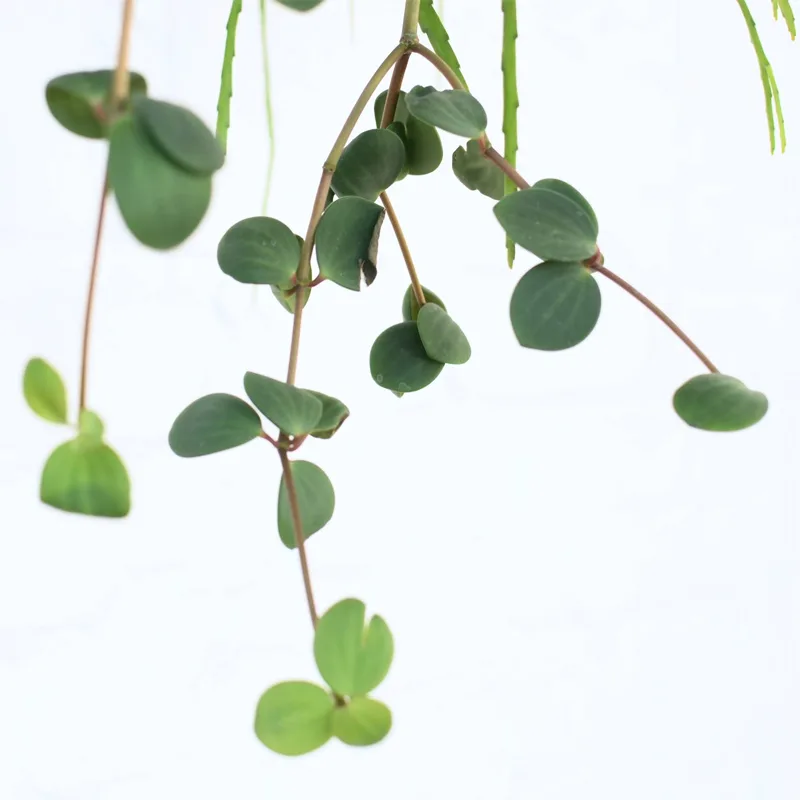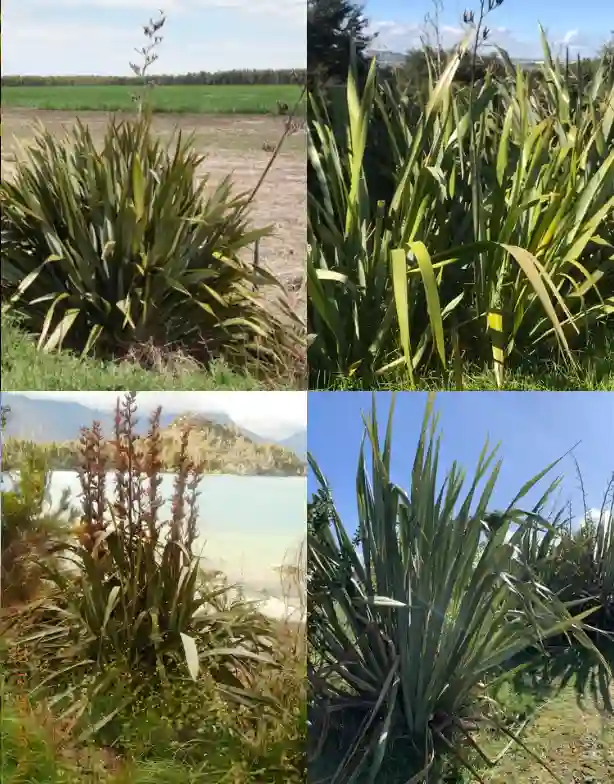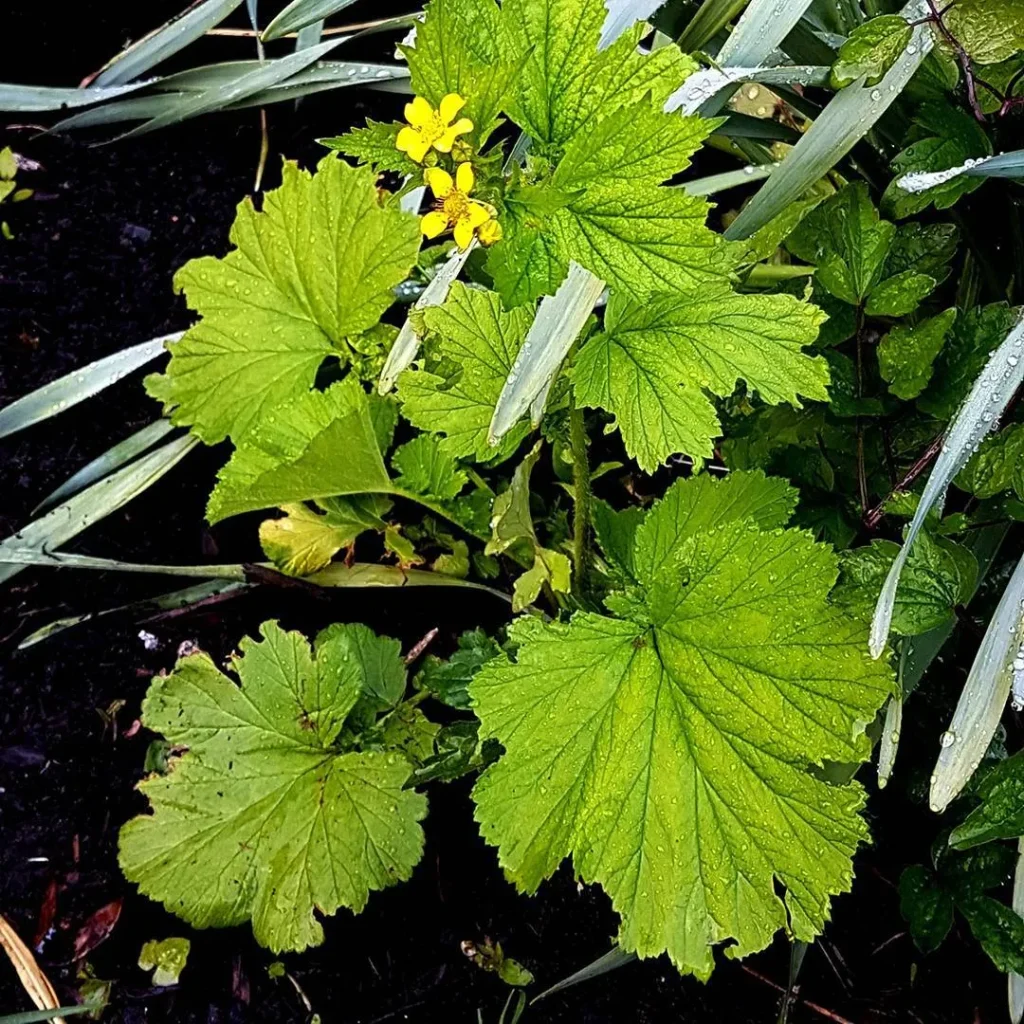
FAQs About Fritillaria Meleagris
I’ve been captivated by the charming Fritillaria Meleagris, also known as the Snake’s Head Fritillary. Its unique checkerboard pattern and delicate flowers have made it a favorite in my garden. If you’re considering adding this stunning bulb to your own garden, you might have several questions. Here’s a comprehensive guide to help you with everything you need to know about Fritillaria Meleagris.
164 Species in Genus Fritillaria
When Do Fritillaria Meleagris Flower?
Fritillaria Meleagris typically blooms in early to mid-spring. In my garden, I’ve found that these bulbs start showing their beautiful flowers around late April to early May. The flowers last for about three to four weeks, depending on the weather conditions. Their unique appearance and spring timing make them a delightful addition to any garden.
Where to Plant Fritillaria Meleagris?
Fritillaria Meleagris prefers a location that gets full to partial sun. I’ve had success planting them in areas that receive morning sun and afternoon shade. They thrive in well-drained soil, so avoid spots where water tends to pool. Raised beds or areas with good drainage work well. I’ve also found that planting them near other spring-flowering bulbs like tulips and daffodils can create a beautiful, colorful display.
How Deep to Plant Fritillaria Meleagris?
When planting Fritillaria Meleagris, aim to dig a hole about 6 to 8 inches deep. This depth allows the bulb to establish itself properly and helps it to withstand the winter. I usually plant mine at a depth where the top of the bulb is covered by about 6 inches of soil. Make sure the soil is loose and well-drained to prevent rot.
How to Grow Fritillaria Meleagris from Seed?
Growing Fritillaria Meleagris from seed requires patience. Start by sowing seeds in late summer or early fall, ideally in a cold frame or a greenhouse. The seeds need a period of cold stratification, so keep them in a cold place for a few months before planting. Once stratified, sow the seeds in pots with well-drained soil and keep them in a cool, shaded spot. Germination can take several months, and it may be a couple of years before the plants begin to flower.
How to Plant Fritillaria Meleagris?
To plant Fritillaria Meleagris, start by preparing the soil to be loose and well-draining. Dig a hole about 6 to 8 inches deep and place the bulb in the hole with the pointed end facing upwards. Space the bulbs about 4 to 6 inches apart to allow for their growth. Cover the bulbs with soil and water lightly. Mulching can help retain moisture and keep weeds at bay.
Are Fritillaria Meleagris Hardy?
Yes, Fritillaria Meleagris is quite hardy. They can survive winter temperatures down to USDA hardiness zone 4, which is around -30°F. I’ve had success with these bulbs even in colder climates, as long as they are planted in well-drained soil. In areas with very harsh winters, adding a layer of mulch can provide extra protection.
How to Propagate Fritillaria Meleagris?
Propagation of Fritillaria Meleagris can be done through bulb offsets or by growing from seed. The bulbs naturally produce offsets over time, which can be gently separated and replanted. This is usually done after the foliage has died back in late summer. For seeds, follow the process outlined above to grow from seed.
Is Fritillaria Meleagris a Perennial?
Yes, Fritillaria Meleagris is a perennial. Once established, the bulbs will return year after year, often multiplying and producing more flowers as they mature. I’ve found that after a few seasons, the original bulbs will produce offsets that grow into new plants, adding to the beauty of the garden.
When Is the Best Time to Plant Fritillaria Meleagris?
The best time to plant Fritillaria Meleagris is in the fall, about 6 to 8 weeks before the first expected frost. This timing allows the bulbs to establish roots before the winter sets in. In my experience, planting in late September to October works well. If you’re planting them in spring, make sure the ground is workable and not too wet.
How to Care for Fritillaria Meleagris?
Caring for Fritillaria Meleagris is relatively straightforward. They require minimal maintenance once established. Water them regularly during their growing season, but avoid waterlogging. After the flowers have faded, allow the foliage to die back naturally. This helps the bulb store energy for the next season. In the fall, apply a layer of mulch to protect the bulbs over the winter.
What to Plant with Fritillaria Meleagris?
Fritillaria Meleagris pairs beautifully with other early spring bloomers. Consider planting them alongside crocuses, hyacinths, or tulips. Their unique appearance contrasts nicely with the more traditional shapes and colors of these bulbs. In my garden, I like to group them with varieties of muscari for a stunning display.
Can You Grow Fritillaria Meleagris Indoors?
While Fritillaria Meleagris is typically grown outdoors, you can force them to grow indoors. Plant the bulbs in pots with good drainage and keep them in a cool, dark place until they sprout. Move them to a sunny spot when the shoots appear. This can be a fun way to enjoy their beauty indoors, though they usually do best in their natural garden environment.
Is Fritillaria Meleagris Toxic?
Fritillaria Meleagris is not considered toxic to humans or pets. However, it’s always best to ensure that plants are kept away from small children and animals that might be tempted to nibble on them.
Common Problems with Fritillaria Meleagris
The most common problems I’ve encountered with Fritillaria Meleagris are issues with rot due to poorly drained soil and pests like aphids. Ensuring proper drainage and checking for pests regularly can help mitigate these issues.
In summary, Fritillaria Meleagris is a delightful bulb that adds a unique touch to any garden. With the right care and conditions, these beautiful flowers can brighten up your spring for years to come. Whether you’re planting them in your garden or trying to grow them indoors, I hope this guide helps you enjoy the beauty of the Snake’s Head Fritillary.
If i die, water my plants!



